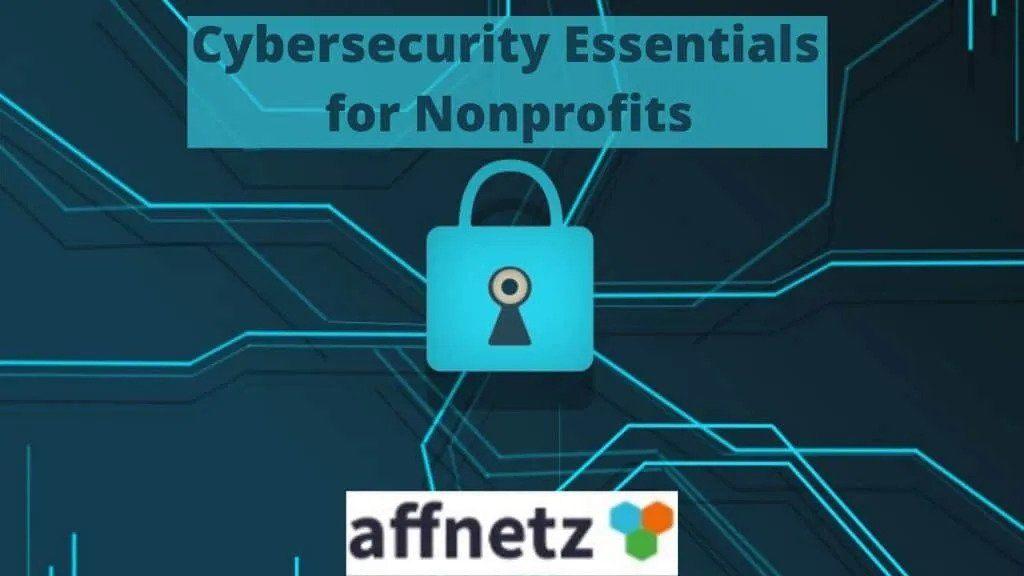Successfully managing Major Nonprofit Donors ranks high on the priority list for not-for-profit leaders. According to a 2018 study of high net worth giving, wealthier donors gave on average $29,269 annually compared to an average of $2,514 donated by the overall U.S. population.
While donors who give less are still vital, handling major donors requires some additional effort to make sure these generous supporters stay committed to the organization for the long term.
FINDING POTENTIAL MAJOR DONORS
The first step in successfully managing Major Nonprofit Donors is to find them in the first place. There are many ways to identify high net worth individuals but getting large donations is not simple. People in upper-wealth brackets are asked for money all the time. Approaching them with the same tactics as those used for general donors will more likely result in a token donation.
One way to find major donors is to leverage the Nonprofit’s existing networks. This can be accomplished by recruiting Board Members and current major donors to reach out to their networks. These ambassadors of the Nonprofit should be given clear direction on the type of people targeted and how best to approach them.
FROM PROSPECT TO DONOR
Converting a prospect to a donor requires a process of trust-building. Like a sales prospect in the for-profit world, the potential donors can be tracked through a conceptual pipeline. Steps in the pipeline are:
Identified – Step one in the pipeline is identification, as noted above.
Cultivate – Step two is to cultivate the potential donor. This is the time when trust is built between the potential donor and the Nonprofit. The prospect may be invited to speak at an event, consult on important Nonprofit issues or participate in projects directly bearing on the Nonprofit’s mission.
Ask – Once sufficient trust has been built, then the Nonprofit can ask for a donation. Since trust has been created, the request is more likely to be successful. Even if the request is turned down, the trust-building actions need to continue. Ongoing engagement of high net worth individuals can heighten the Nonprofit’s good name in the community.
Stewardship – Once a donation has been received, the work to maintain a long-term relationship continues. To successfully managing Major Nonprofit Donors, a pipeline of prospects is best supported by dedicated software that tracks the potential donor from one step to the next. The software should feature a robust reporting capability to allow Nonprofit leaders easy see the status and predicted outcomes of the process.
AFTER THE DONATION
The Stewardship step is an ongoing phase that aims to keep the trust level of major donors high over the longest possible time period. Tips for achieving this goal are:
Assign Dedicated Staff to Major Donors – This allows donors and staff to build a long-term trust relationship. In many ways, these staff members become the face of the Nonprofit to the donor.
Communicate Often – Keeping major donors informed about the organization’s latest news helps keep the Nonprofit top of mind. Newsletters, emails and personal phone calls from leadership can deepen the donor’s sense of belonging.
Ask for Feedback – Surveys provide a conduit for Donor voices to be heard. These can be anonymous so leaders can hear the unvarnished truth from major funders. Knowing that their voices are heard can be another source of satisfaction.
Show Impact – Donors want to know their giving makes a difference. This is especially true for major donors. Showing evidence of mission fulfillment and sending ongoing messages of appreciation tell the donors their generosity made a difference.
Successfully managing Major Nonprofit Donors takes some work but the results are worth it if these steps are followed.


